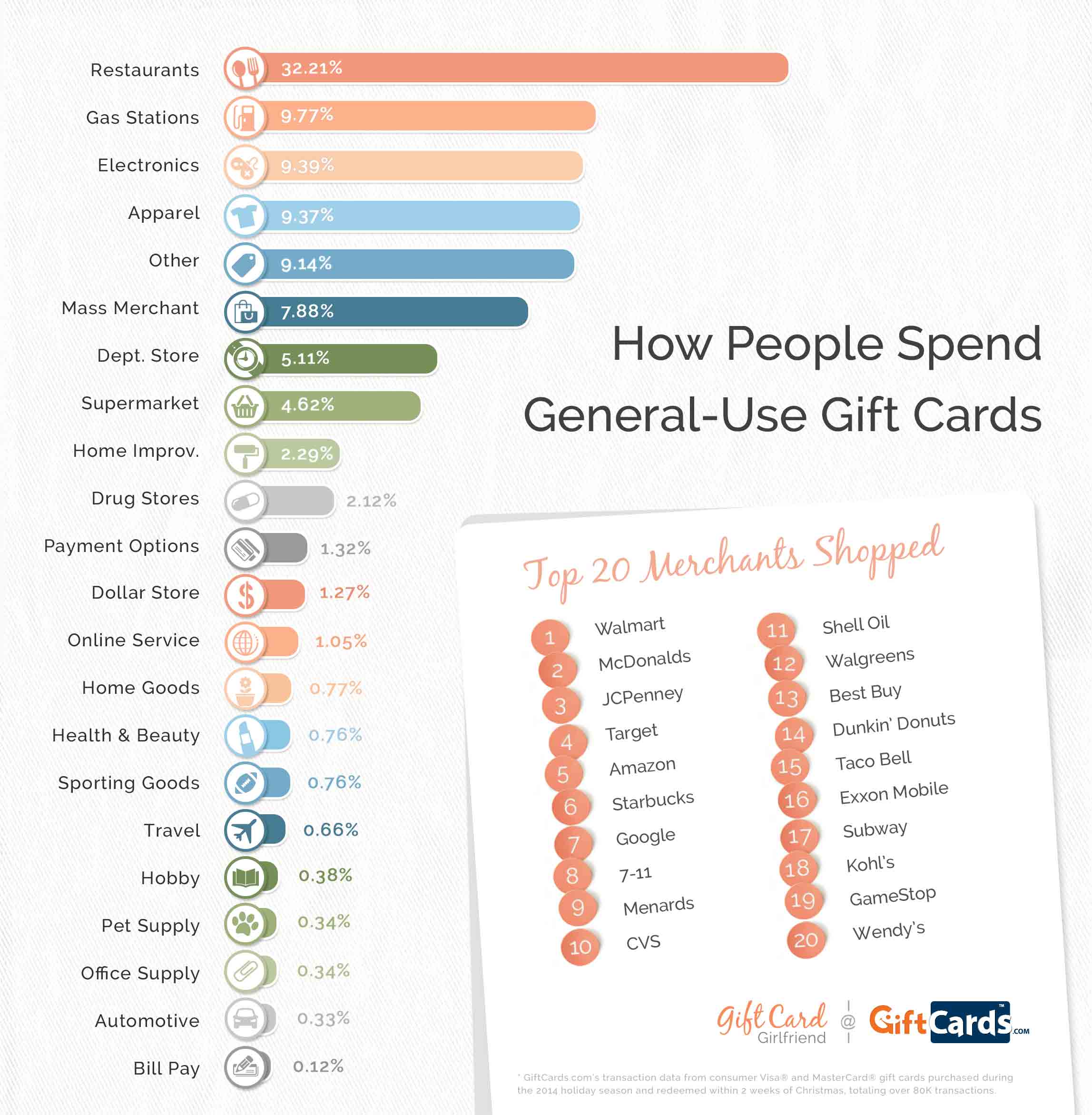Personalized glass awards stimulate a steadfast spirit of dedication and quality. They foster a society of recognition that goes beyond hierarchical limits.
Wheel inscription is displayed on a cup likely made in the 1700s covered with complex Chinese-style motifs. These concepts announced obligation to the Jacobite cause. This is an impressive example of just how imported Asian items influenced European style trends.
Beginnings
As glassmaking became a lot more innovative, engravers understood that a layout contributed to an item of glass transformed it from practical into desirable. They explore a selection of scraping, abrading and reducing techniques.
One of the most skilled engravers created great comprehensive job. Anna Roemers Visscher, who was a glass cutter and engraver, was renowned for her delicate blossoms, inspired by the natural history publications popular in her time.
Engravers likewise sculpted fine linework into glass. By the end of the 17th century, engravers had actually begun to abandon straight clarity in favour of crosshatched chiaroscuro impacts. Among the earliest instances is tape-recorded on a container by a Rotterdam engraver that signed his deal with a jotted freedom and vigour that lifted it over the remainder.
Engraving continued to be a preferred technique, although it was increasingly overshadowed by cut glass and brand-new techniques such as etching, which was less expensive than etching. Nonetheless, economic pressures after c1905, together with declining high quality of cut glass, saw a surge in the appeal of engraved glass, referred to as rock crystal.
Methods
Glassmakers used a variety of methods to mark or embellish the surface area of a vessel, often integrating various approaches. One strategy called stipple engraving, for example, utilizes a factor of tungsten or ruby to make small dots on the glass surface area which create contrasting white lines when light shines with them.
Personalized glass honors are valued for their style and prestige. They reflect the deep esteem and respect that business hold for their workers and cultivate a society of quality.
The clarity of glass embodies the transparency and honesty of corporate recognition, motivating recipients to take stock of their accomplishments and assess their trip in the company. In addition, the capacity of personalized glass to present personalized text benefits of engraved glass and imagery allows for the creation of highly unique and meaningful awards that evoke the sense of majesty associated with this amazing material.
Styles
From the sleek lines of corporate awards to the etched text on glass trophies, inscribed crystal is an elegant icon of acknowledgment. Whether presented on someone's workdesk or maintained as a memento, these individualized items communicate a sense of status and professionalism and trust that is tough to discover in various other materials.
The style of engraved glass has changed over time to mirror transforming preferences and technical developments. The ancient technique of copper-wheel engraving has actually opposed forecasts of obsolescence, and new techniques like etching are taking control of where stippling when held sway.
The earliest diamond-point engraving, of the 16th century, is stiff and formal. It progressively came to be a lot more supple and pleasing, but can conveniently deteriorate into over-elaboration. In the 19th century Thomas Webb & Sons introduced "rock crystal" with deep cutting and copper-wheel inscription, which mimicked high-end vessels cut of rock crystal in Europe and the Orient (see Ewer by Webb & Sons). The firm's principal engravers were Bohemian immigrants Frederick Engelbert Kny and William Fritsche, that authorized their deal with a monogram G.
Definition
Personalized glass was expensive and sought after. This was due to the fact that it included the most requiring glass refining strategy and depended upon the precision and initiative of a proficient craftsman. The highest point of inscribing was available in the 17th century and was quite a part of the Baroque and Rococo periods.
Throughout this time around, engraved cups could be utilized to communicate messages of social status. They would certainly show family crests and political obligations. They might also flaunt one's taste for the latest style and style trends.
Today, personalized glass is still a crucial art type. However, advances in technology and laser modern technology have streamlined the process and made it a lot more accurate. The resulting detailed styles are both stunning and sturdy. Furthermore, brand-new kinds of glass have actually been created to respond far better to lasers. This has increased the possibilities for musicians and designers. It additionally reduces the ecological impact of the procedure. For example, optical crystal is a superb choice for personalized awards due to the fact that it is clear and reflects light well.
